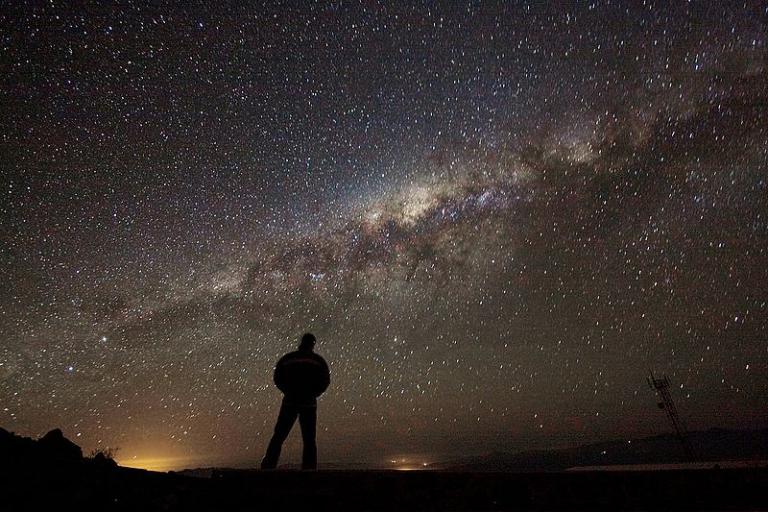
Here’s a passage from Alister E. McGrath, A Fine-Tuned Universe: The Quest for God in Science and Theology (Louisville, KY: Westminster John Knox Press, 2009), that I found interesting in several respects. It concerns natural theology, which, the online Stanford Encyclopedia of Philosophy says, “originally referred to (and still sometimes refers to) the project of arguing for the existence of God on the basis of observed natural facts.” As will immediately be seen, Alister McGrath, an Anglican priest who holds Oxford doctorates in molecular biophysics, theology, and intellectual history, doesn’t entirely agree that that was the original meaning (and doesn’t think that proof of God’s existence is its proper task now). But the Stanford definition will put us in the right ballpark for what he has to say:
The idea that a transcendent reality can be known or at least intimated through the mundane has a long history and is not a specifically religious idea. Although the idea has found wide (yet not uncritical) acceptance within Christianity and Judaism, contemporary Islam has found the idea uncomfortable and potentially subversive, not least on account of its apparent undermining of the unique authority of the Qur’an to disclose knowledge of God.
Such an approach can be found within the New Testament itself, most notably in Paul’s “Areopagus address,” and achieved significant elaboration in the thought of the early Christian fathers. The essential point is that Christian theology provides an interpretive framework by which nature may be “seen” in a way that connects with the transcendent. The enterprise of natural theology is thus one of discernment, of seeing nature in a certain way, of viewing it through a particular and specific set of spectacles, of resolving its ambiguities through an interpretive framework which on the one hand is grounded in nature, and on the other transcends it. Although nature itself does not possess any autonomous capacity to disclose the transcendent, the Christian faith offers a way of perceiving nature which regards it as an authorized sign of the transcendent. This schema for the interpretation of nature is not given within the natural realm; once discovered, however, it turns out to be consistent with it.
The rise of the “Age of Reason,” however, witnessed — and arguably caused — the rise of a family of approaches to natural theology which asserted its capacity to demonstrate the existence of God without recourse to any religious beliefs or presuppositions. This development represents the Enlightenment’s emphasis upon the autonomy and sovereignty of unaided human reason. As used, for example, by the American writer Cotton Mather in his 1715 work The Christian Philosopher, natural theology was interpreted as a “theology that seeks to prove the existence and attributes of God from the evidence of purpose and design in the universe.” (11-12)
Incidentally, while I don’t necessarily disagree with Dr. McGrath regarding his claim that Islam, on the whole, has found the idea of natural theology uncomfortable and potentially subversive, I will (in sha’a Allah) eventually argue in a portion of a book that I’ve already largely written that not a few passages in the Qur’an itself both exemplify a simple natural theology and call for believers to engage in it.












